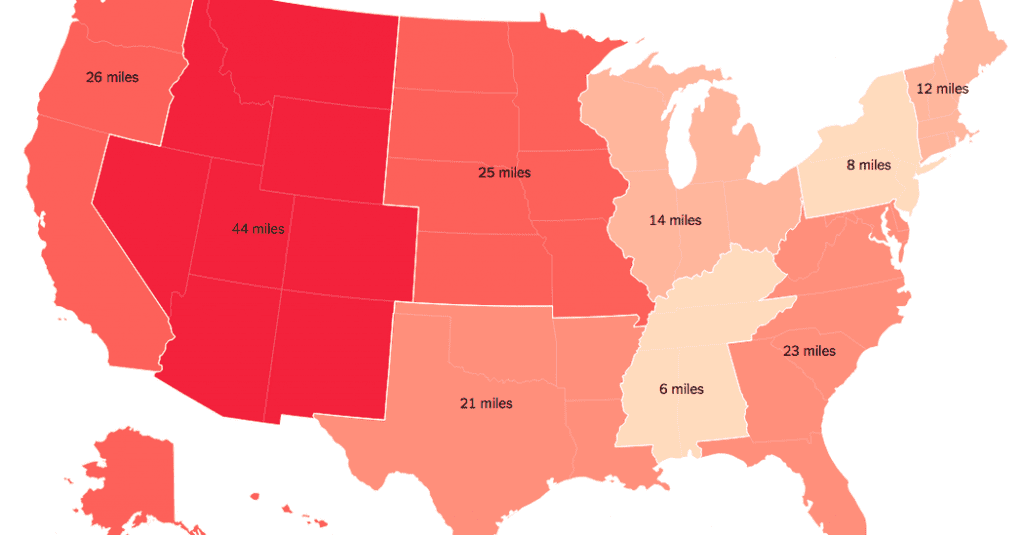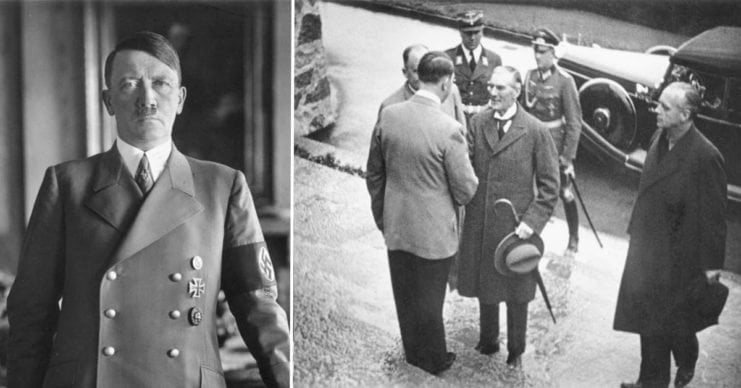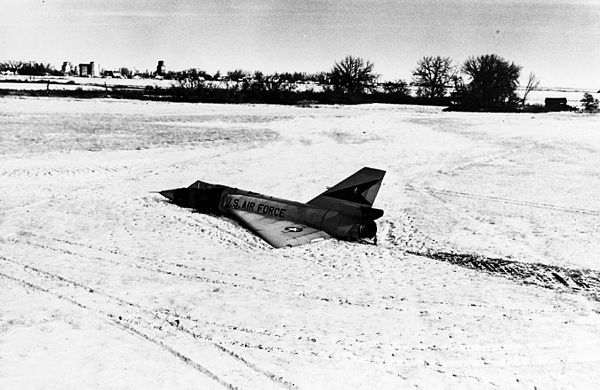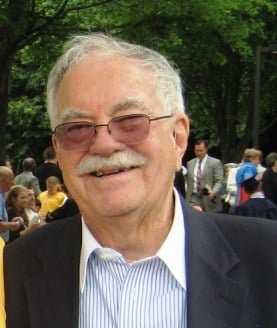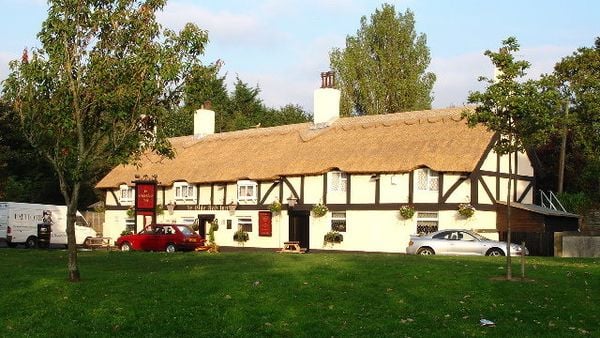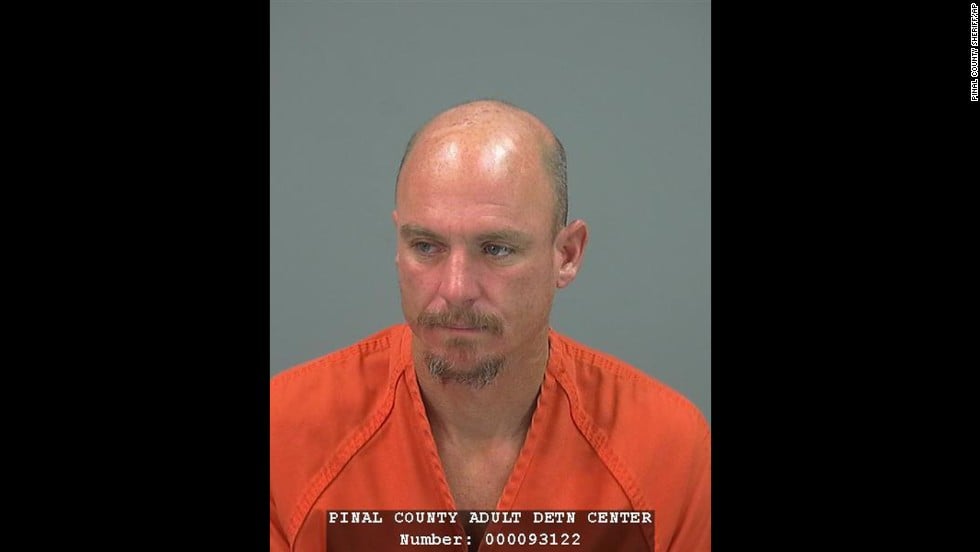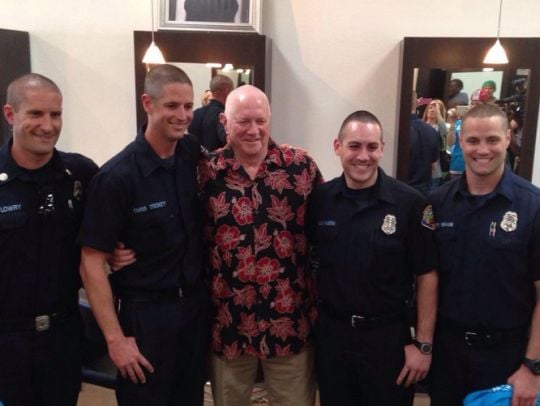With the exception of college or military service, 37 percent of Americans have never lived outside their hometown, and 57 percent of Americans have never lived outside their home state.
The Typical American Lives Only 18 Miles From Mom Families traveling from far-flung places, returning home for the holidays. That image of an American Christmas fits the perception of Americans as rootless, constantly on the move to seek opportunity even if it means leaving family behind. Yet that picture masks a key fact about the […]
